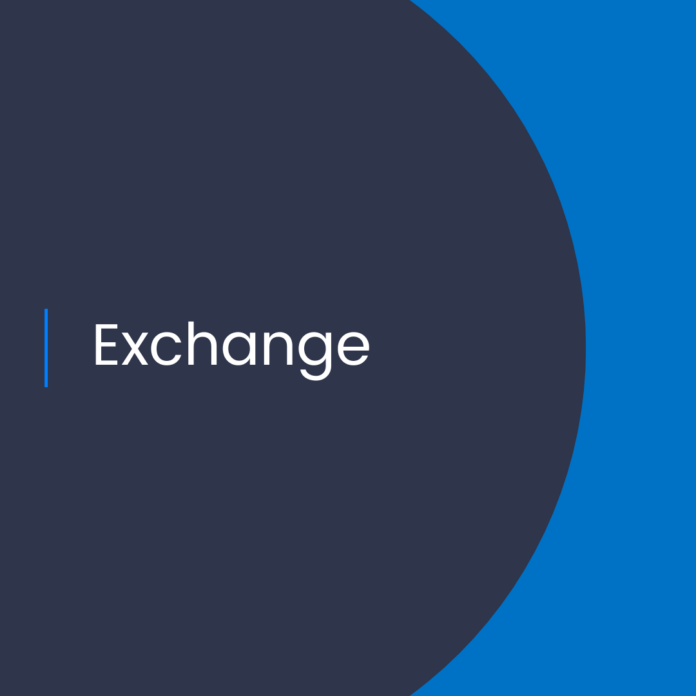Exchange Server 2013 End of Support: What You Need to Know
Introduction
As of April 11, 2018, Microsoft will no longer provide mainstream support for Exchange Server 2013. This means that the product will reach its end of life (EOL) and will no longer receive security updates, feature updates, or general technical assistance.
It’s important for organizations to plan ahead and upgrade their Exchange Server 2013 environment before the end of support date. This blog post will provide an overview of what you need to know about Exchange Server 2013 EOL, and how you can prepare for the transition.
What You Need to Know
What is Exchange Server 2013 End of Support?
Exchange Server 2013 End of Support (EOS) is the date when Microsoft will no longer provide mainstream support for the product. This means that the product will no longer receive security updates, feature updates, or general technical assistance.
It’s important to note that after April 11, 2018, Microsoft will no longer provide security updates or technical assistance for Exchange Server 2013. This means that any vulnerabilities or issues discovered in the product after that date will not be addressed by Microsoft.
How Can I Prepare for Exchange Server 2013 EOS?
The best way to prepare for Exchange Server 2013 EOS is to upgrade your environment to a newer version of Exchange Server. Microsoft recommends upgrading to Exchange Server 2016 or Exchange Server 2019.
What are the Benefits of Upgrading?
Upgrading to a newer version of Exchange Server will provide you with the latest security updates and features, as well as improved performance and scalability. Additionally, upgrading to a newer version of Exchange Server will enable you to take advantage of the latest technologies, such as the cloud-based Office 365.
How Do I Upgrade to Exchange Server 2016/2019?
Upgrading to Exchange Server 2016/2019 is a multi-step process. The first step is to perform a pre-upgrade assessment to ensure that your environment is ready for the upgrade. This assessment should include verifying hardware and software requirements, and ensuring that the necessary permissions and settings are in place.
Once the pre-upgrade assessment is complete, you can begin the upgrade process. This includes installing the new version of Exchange Server, migrating data and settings, and updating clients.
What About the Cloud?
Many organizations are making the move to the cloud and taking advantage of the benefits of cloud-based services such as Office 365. If you are considering migrating to the cloud, you should be aware that Exchange Server 2013 is not supported on Office 365. In order to take advantage of the cloud, you will need to upgrade to Exchange Server 2016 or Exchange Server 2019.
Conclusion
Exchange Server 2013 will reach its end of life on April 11, 2018. It’s important for organizations to plan ahead and upgrade their Exchange Server 2013 environment before the end of support date. Upgrading to a newer version of Exchange Server will provide the latest security updates and features, improved performance, and the ability to take advantage of the cloud-based Office 365.
The upgrade process is a multi-step process that includes performing a pre-upgrade assessment, installing the new version of Exchange Server, migrating data and settings, and updating clients.
If you’re considering migrating to the cloud, you should be aware that Exchange Server 2013 is not supported on Office 365, and you will need to upgrade to Exchange Server 2016 or Exchange Server 2019.
References:
Exchange Server 2013 End of Support Coming Soon



